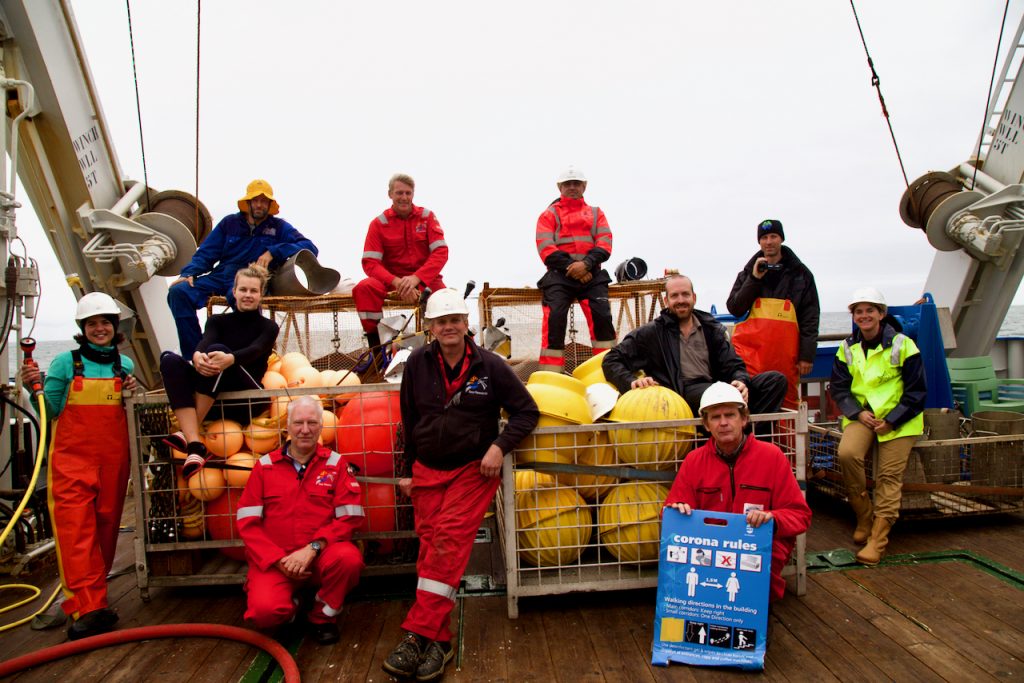
How to better start the academic year than with some hardcore fieldwork
– very refreshing after being buried by developing COVID19 proof eduction since March. After proving that we were healthy and corona free we were allowed to board the Pelagia research vessel to conduct fieldwork on the North Sea in the ReViFES (ReVitalizing North Sea Reefs for Ecosystem Services). Below I copy a blog written by our team (Christina and Joost) to update you. Joop and Christina continued the work in the Voordelta.
BLOG | ReFiVES cruise 31 Aug -10 september on RV Pelagia to Borkum Reef Grounds
Biogenic reefs are hard structures built by living organisms which form complex ecosystems and are accountable for several important ecological functions. In the North Sea, the most common bio-constructors include bivalves, such as oysters and mussels, polychaetes like the ross worm Sabellaria spinulosa and the sand mason worm Lanice conchilega, and also more famous constructors, like the delicate hard cold water corals. Despite their importance, however, such ecosystems have been critically endangered by human activities over the past centuries and severe habitat losses have occurred. Assessing the ecological functions of biogenic reefs will help us to determine the real impact of their disappearance but also can lead us to the successful restoration of these habitats.
In the next weeks we will perform the first surveys of the ReVIFES project and will focus on investigating and comparing different reef types and their ecological services. We will sample the Borkum Reef Grounds and the Voordelta areas, where different types of reef are present such as flat oyster, Lanice conchilega and also a geogenic rocky reef, mostly comprised by boulders mixed with sand and clay. We will take samples from inside and at increasing distances from outside each reef, in order to detect the extent of their ecosystem services. To better understand the services provided by the reefs we will also compare the results to selected bare control areas and we will test several different sampling techniques. With this blog, the ReVIFES team will share their experiences and show what happens in the field.
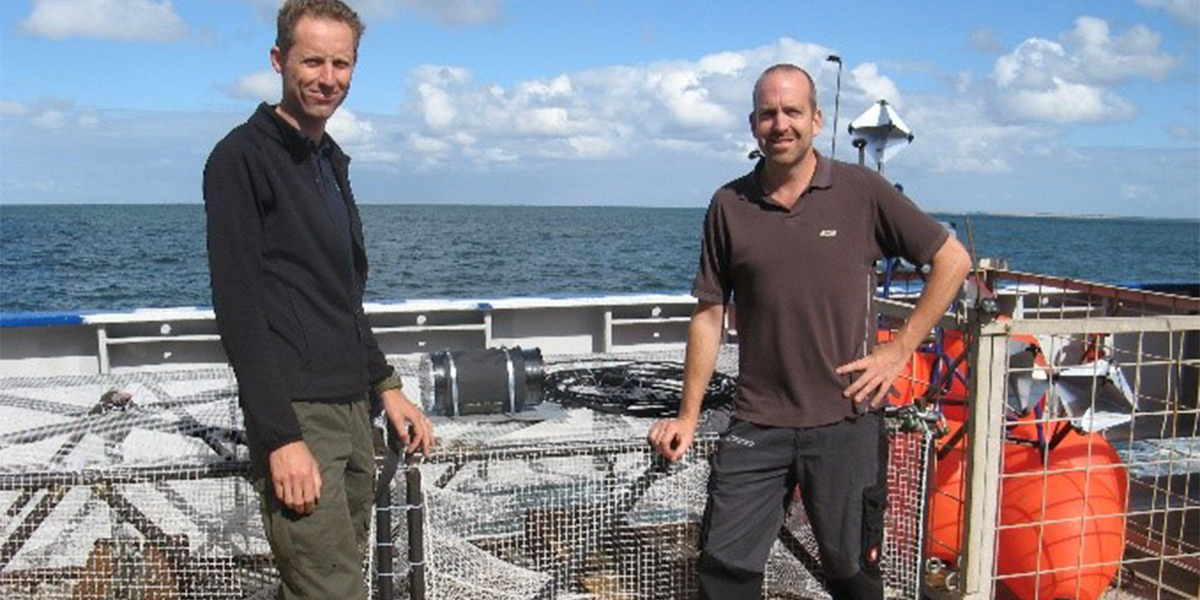
Monday 31 August
By Caterina Coral
Today we was the first day of the ReVIFES trip and we set sail onboard the Pelagia around 2pm from Texel. The first area to sample is the Borkum Reef Grounds, at approximately 12 hours sailing. During transit, there were few job to carry out in preparation for the sampling. Among others, it was necessary to prepare the fish cages and traps that will be deployed on the seabed for 24 hours. On the day of the deployment, a mackerel will be place as a bait, in order to attract fish, crustaceans and other animals. The cages have three different sizes: small, medium and large, in order to capture organisms from different sizes and trophic levels. We have to make sure that there are not holes and that they are well assembled, as we want to avoid any fugitive!
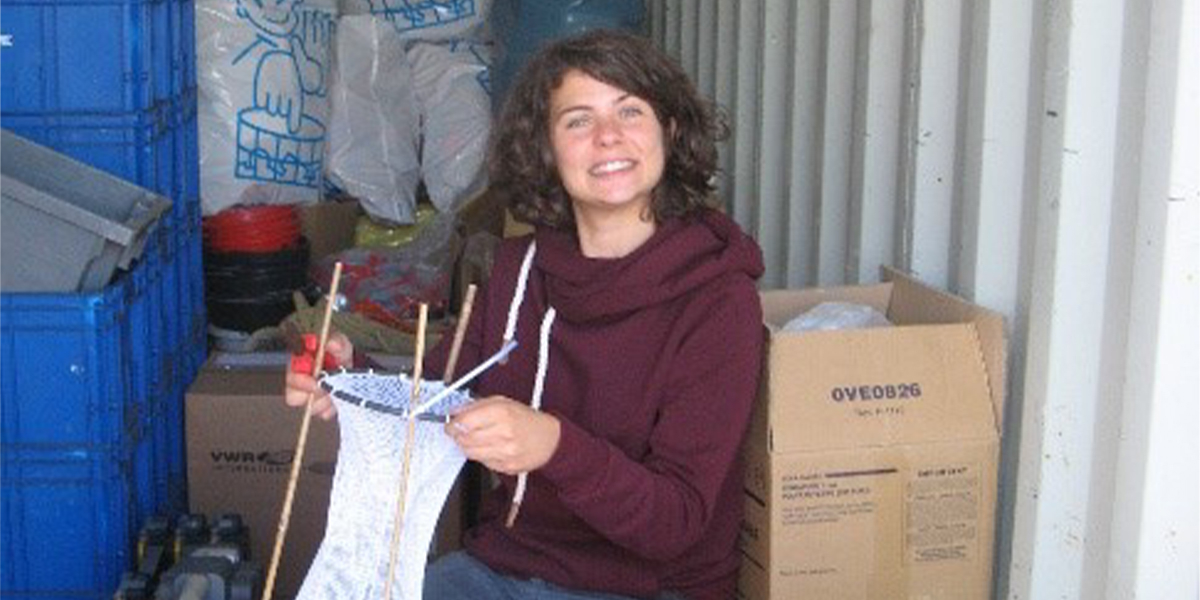
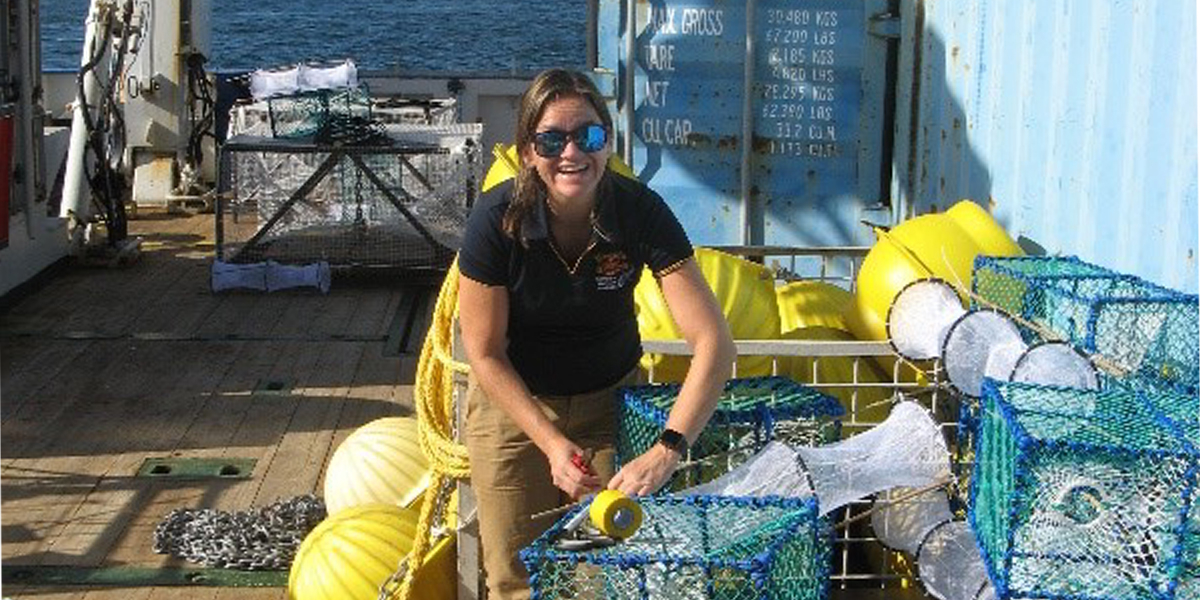
Tuesday 1st September
By Caterina Coral
We started the first day of video camera work. In order to carry on the sampling on the next days, we need to discover what lays at the bottom. Therefore, we have to groundtruth the area were the reefs and the bare areas are located, using an underwater camera mounted on a giant sledge. When the camera is at the bottom, the vessel will sail very slowly and drag the sledge approximately one meter above the seabed, while streaming the footage in real-time on board.
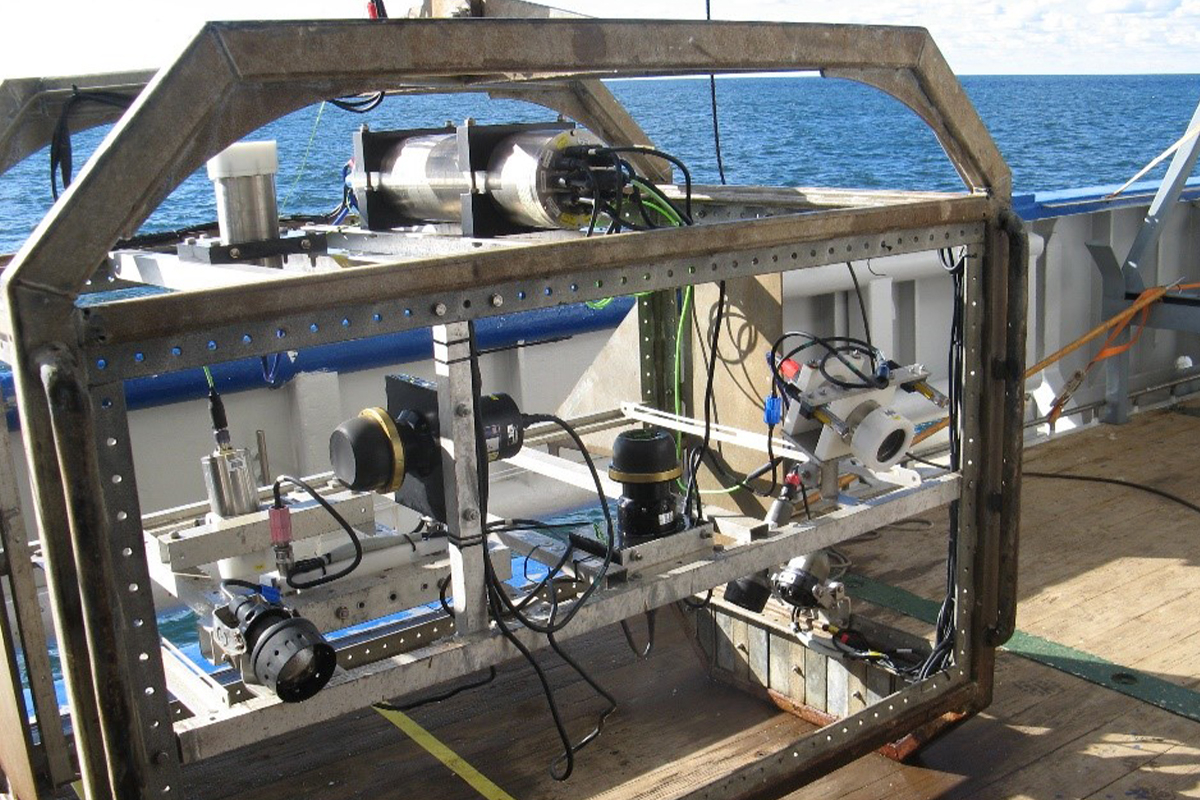
Unfortunately there were some issues with the connections on the camera system and we were off to a slow start. However, while the engineers were working to fix the problems, we used our back-up drop down camera, a much smaller piece of equipment but still very useful. After the first transect thought, the NIOZ camera was up and running and was deployed. Afterwards, the video room onboard was better than cinema! The video camera took us onto a nice journey on the sea bed, watching at the different communities living on different reef types.

We ran a total of seven transects in two different locations and we recorded amazing footage of Lanice conchilega reefs and as well stony reefs. These images will help us to plan ahead where we will deploy the cages tomorrow and where we will take further samples. All the data we collect will help us to better understand the differences in biodiversity and ecosystem functioning between reefs.
The day has flown by and we even received a very nice surprise with a beautiful sunset.
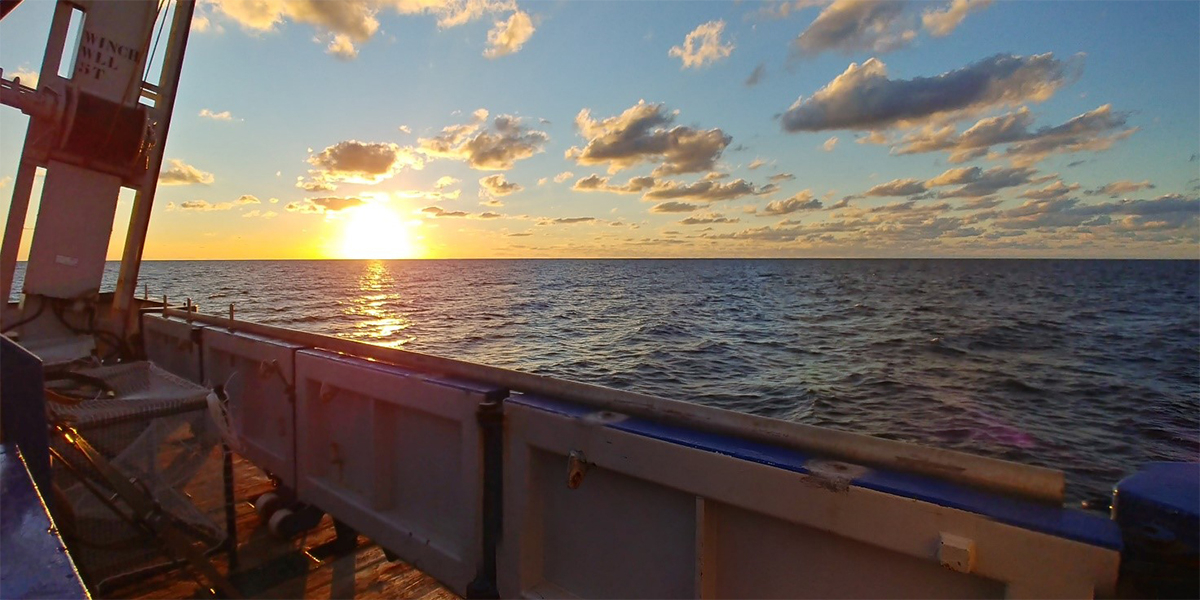
Zaterdag 5 september 2020
Door Joost Bergsma
Gister was het een boxcore dag. Stevig aanpoten want op dit ondiepe water, 26 meter, gaat het in een hoog tempo.
De boxcore hangt in de kraan, hiermee worden monsters genomen van de bodem. Dit grote gevaarte wordt op de zeebodem gezet waarna een groot gewicht een buis de bodem in duwt. Onder de buis in de bodem wordt vanaf de zijkant een mes onder de buis geschoven. Zodoende krijg je een intact stuk zeebodem dat weer aan dek wordt gezet en gebruikt wordt voor het onderzoek. Het nemen van de monsters wordt gedaan door 4 bemanningsleden. Daarna gaan de 5 onderzoekers aan slag met het monster. Een boxcore monster gaat door 10 stappen, waaronder het maken van fotos, zeven, bovenstaand bodemwater filteren, dieren verzamelen, weefselmonsters nemen van de dieren, steekbuis monster van het sedimenten en het meten van algen op het sediment. Dit gaat door tot 8 uur ‘s avonds. Dan is het nog alles opruimen, vastzetten en het dek spoelen, want overal ligt zand na het zeven. De bemanning werkt intussen aan de vangkooien voor biodiversiteit die de volgende dag in de ochtend weggezet gaan worden. Het is aanpoten met z’n allen, gelukkig is de sfeer goed en worden wij goed verzorgd door Hasan de kok.
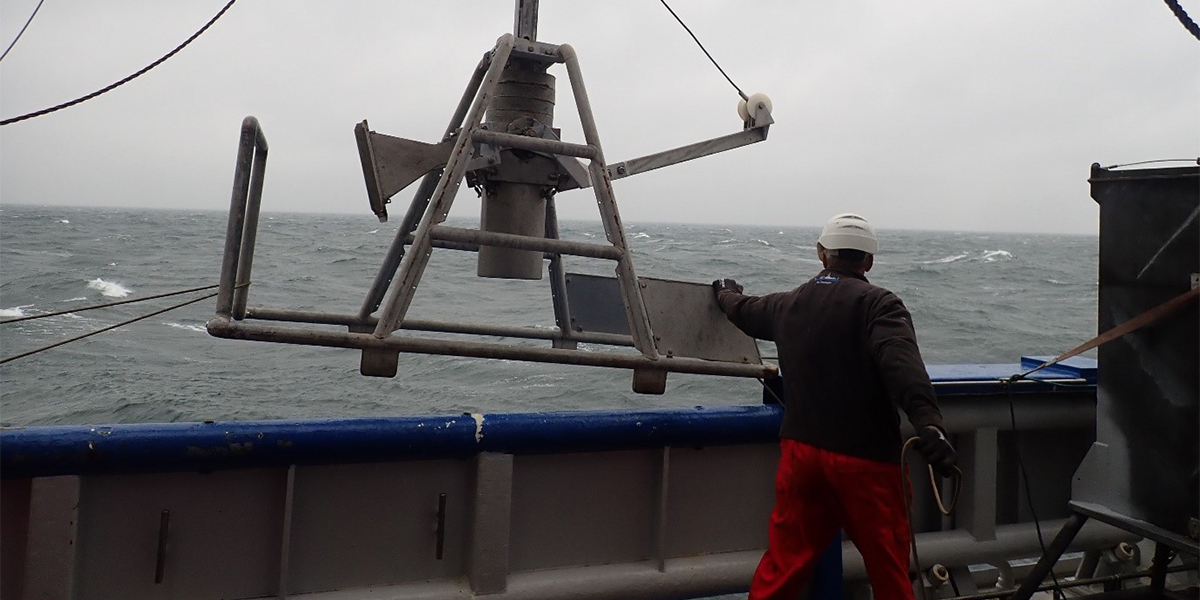
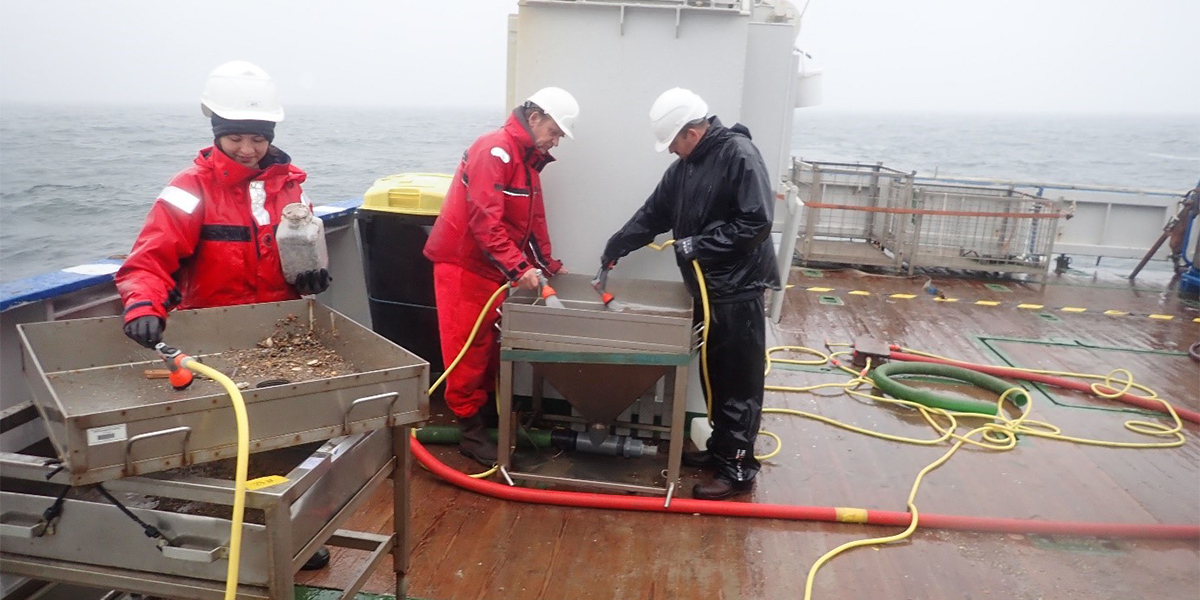
Wednesday 9 and Thursday 10 September
By Caterina Coral
On the last two days of the Pelagia cruise we were up to our final rush towards the end of the job. On Wednesday we sampled quite a few stations from the reefs and the reference area to have a more complete set of data for our future analysis. We deployed the CTD at each location and also sampled the seabed with the box corer at several stations. The dropdown camera was attached to the box corer in order to get a real time streaming of the seabed which helped us to choose the best sampling point on the reefs. In this way we will be able to get a more complete set of data to help us better characterise the different areas.
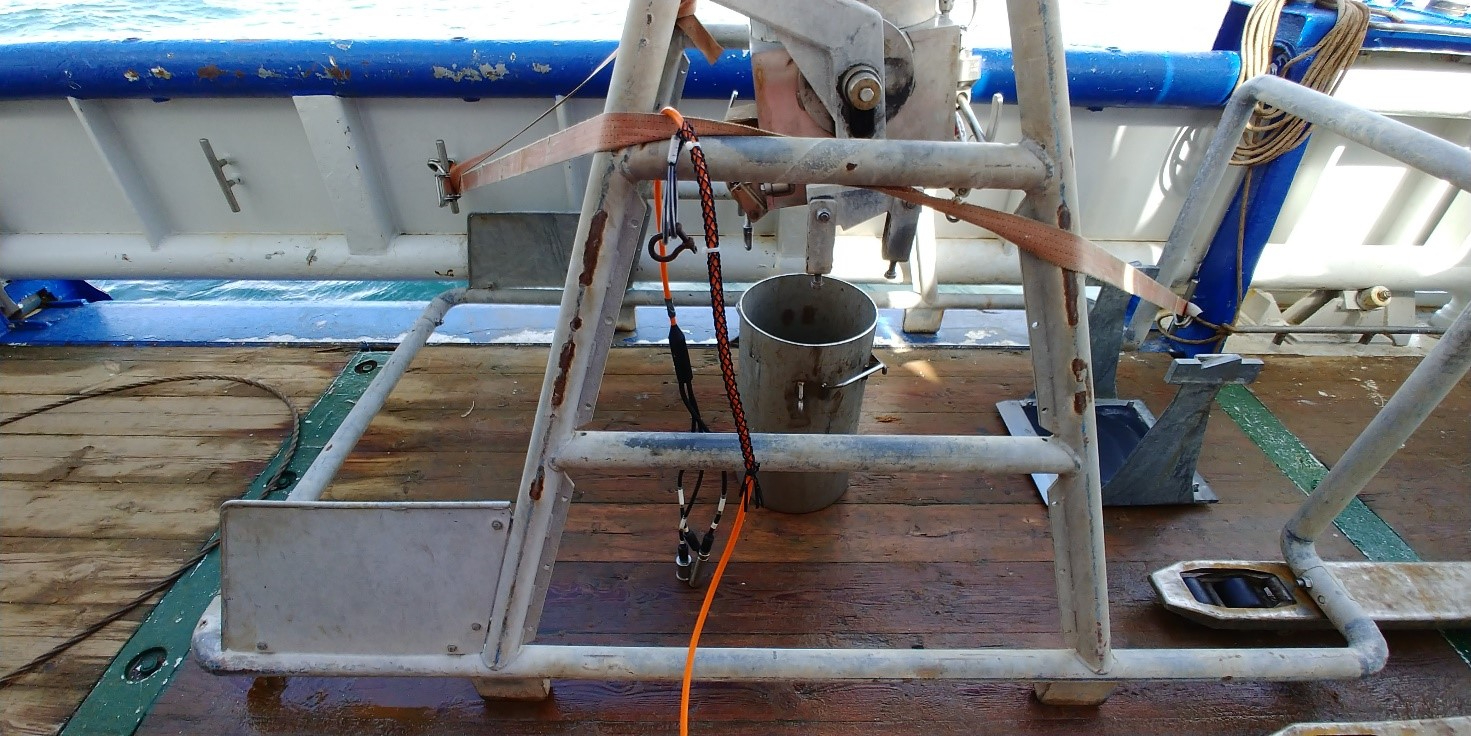
We got loads of sediment to wash up throughout the day and encountered few nice organisms peeking from the sand!
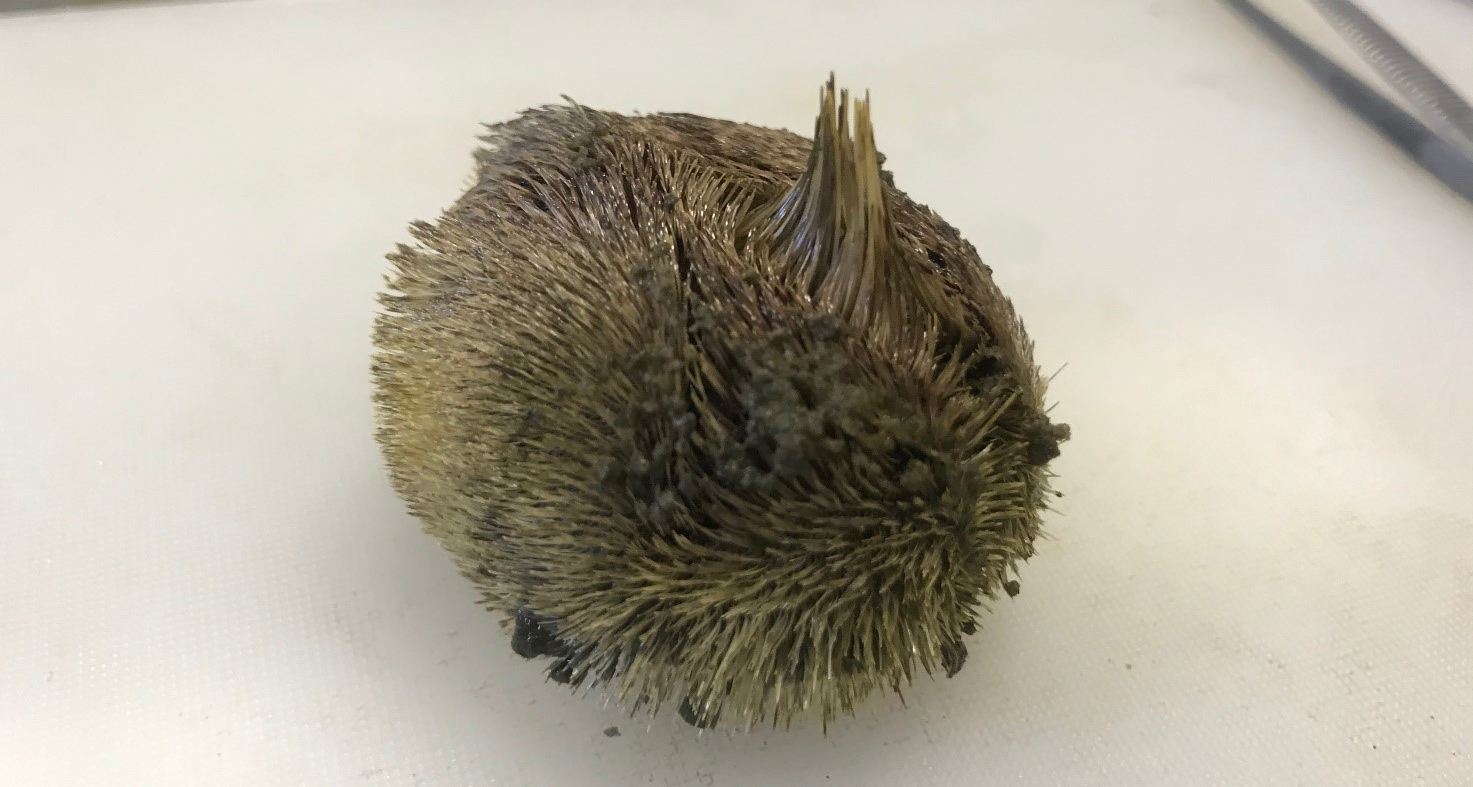
All of the sudden it was Thursday, our last day, and we found ourselves packing and cleaning the Pelagia from all our things. A nice and warm sun welcomed us back on Texel, were we docked just after lunch, weirdly feeling like we have been away for two seconds but also for an indefinite amount of time. Right on time to get everything ready for the new fieldtrip on the Navicula next week, where we will continue our reef sampling on a shallower environment.
Time to say our goodbyes and deep thank you to the lovely Pelagia crew, whom precious help was the key for our successful trip and has been very much appreciated. We will hopefully work together again the next time on the Pelagia!
